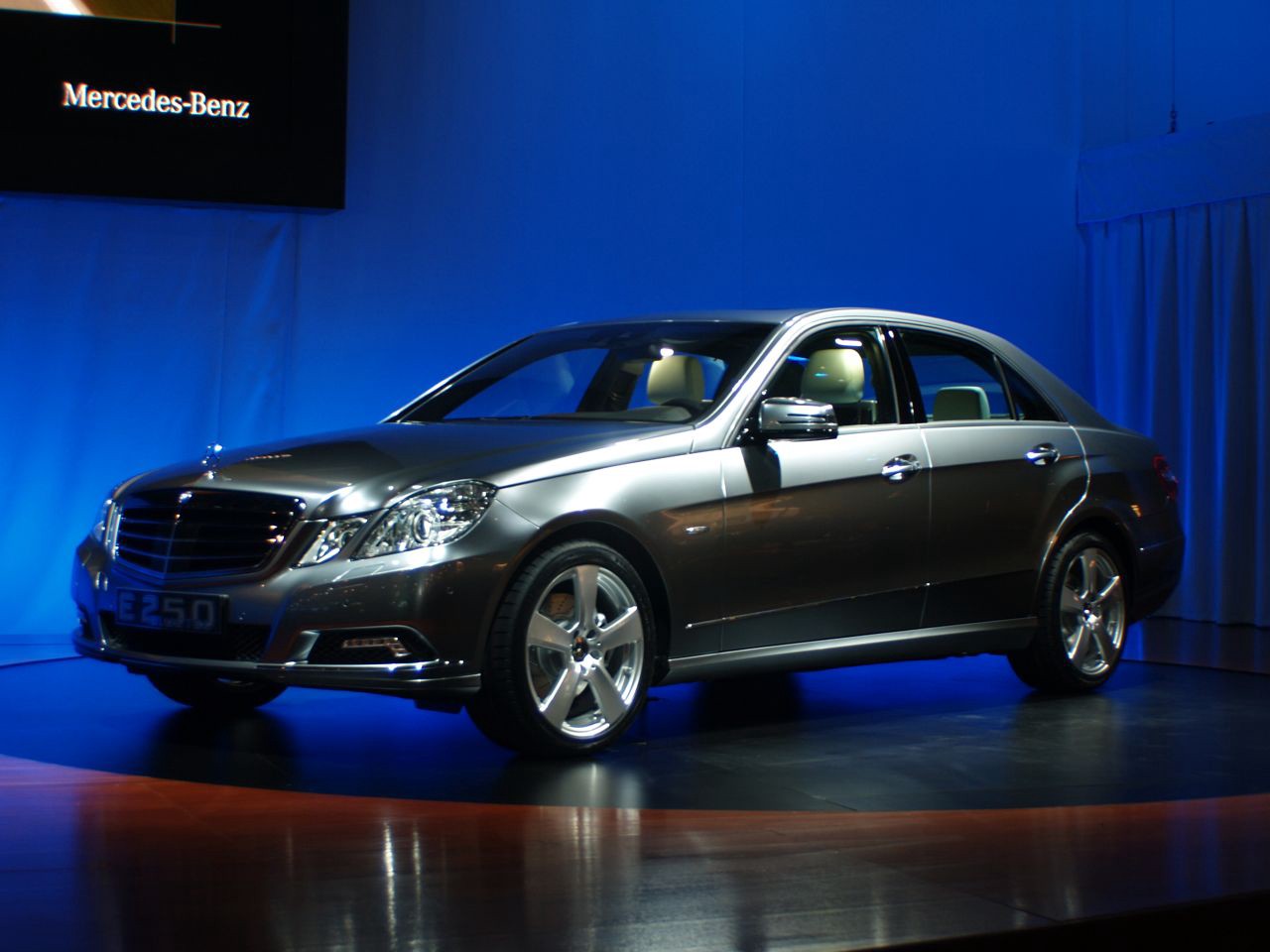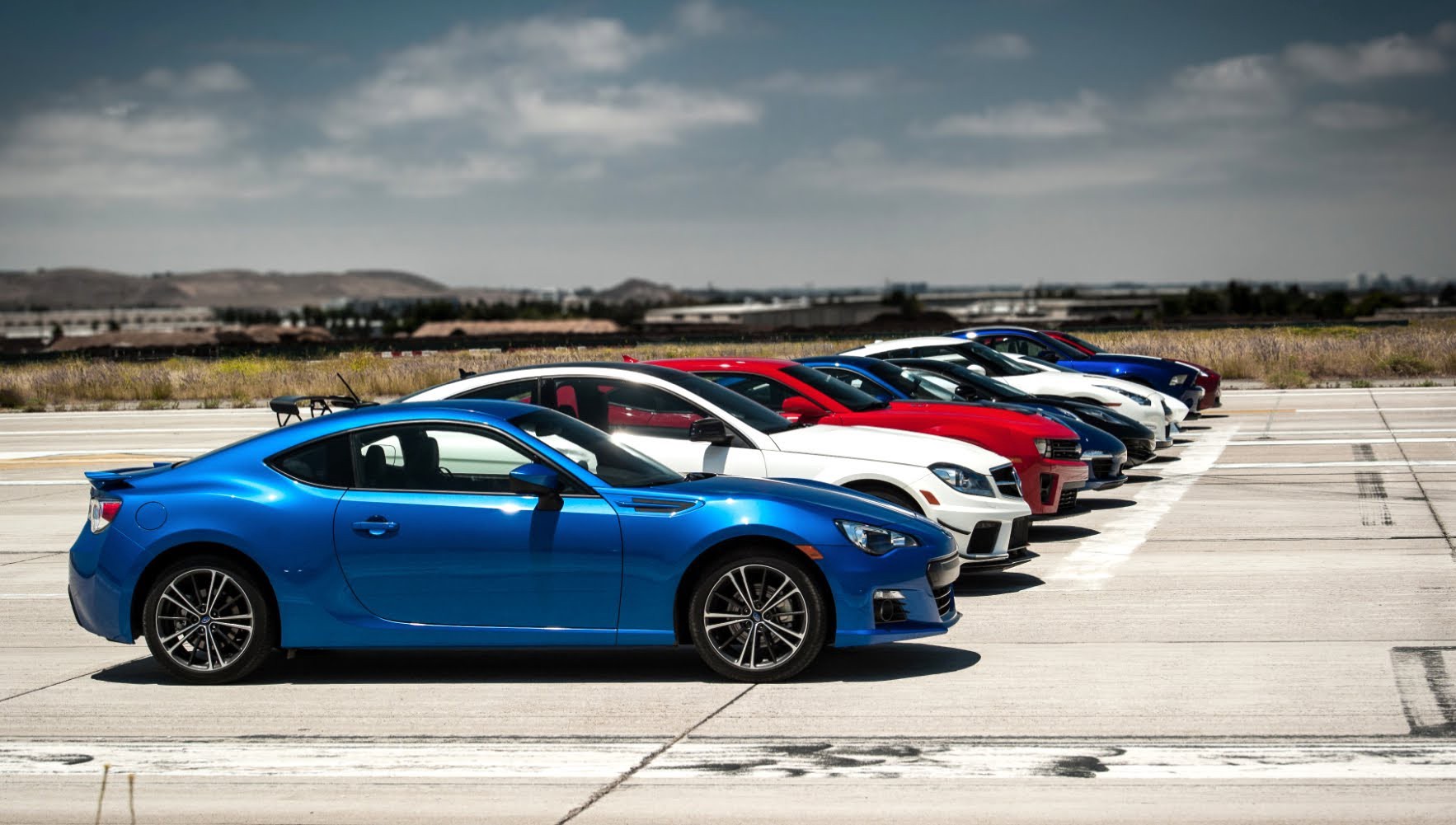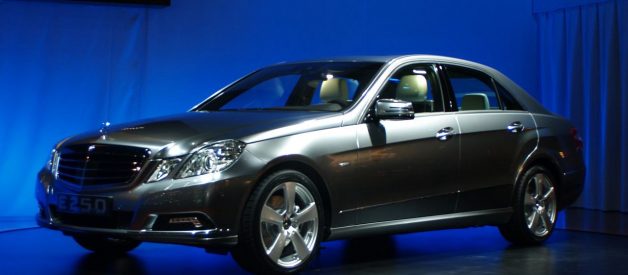It?s one of the most bragged-about vehicle specs of any racing enthusiast. But what, exactly, does it mean?
?Understeer is when you hit the wall with the front of the car.Oversteer is when you hit the wall with the back of the car.Horsepower is how fast you hit the wall.Torque is how far you take the wall after you hit it.? -Old racer?s creed
You?ve seen it a bunch of times when you?re reading the specs on a new car: the number of foot-pounds of torque that it puts out. It?s still a couple of months to the 2014 New York Auto Show, but there are always exciting new concept cars that get showcased at events like this. Every now and again, one of them will catch my eye, like this Mercedes did a few years ago.
 Image credit: Mercedes-Benz E250 concept car, via http://www.carmk.net/thread-89968-1-5.html.
Image credit: Mercedes-Benz E250 concept car, via http://www.carmk.net/thread-89968-1-5.html.
And in the description of its stats, along with the size and power of the engine, comes this: 369 foot-pounds of torque. (That?s 500 Newton-meters, for you mks/SI folks.) But what is torque, exactly, and what is it good for?
Torque is the amount of ?turning power? you have, in the same way that you turn a wrench.
369 foot-pounds means that if you had a wrench that was 1 foot long, and applied a force of 369 pounds directly perpendicular to that wrench, you would get 369 foot-pounds of torque. You could either apply more force to a shorter lever-arm, or less force to a longer lever-arm, but the product of those two things ? at right angles to one another ? is what makes a torque.
 Image credit: Carolyn of http://www.bluepoof.com/motorcycles/0401/041501.html.
Image credit: Carolyn of http://www.bluepoof.com/motorcycles/0401/041501.html.
But what can the torque do inside your car? The answer is: cause it to accelerate! The torque specification they give is the maximum torque of the internal-combustion engine, which is usually a higher value than the actual torque on the wheels. (This is known as machine torque.) The maximum value of torque occurs over a limited range of engine RPMs (revolutions-per-minute), typically maxing out when the engine is spinning at a few thousand RPMs.
 Image credit: torque curve of motorcycle BMW K 1200 R 2005, via Wikimedia Commons user Nicoguaro.
Image credit: torque curve of motorcycle BMW K 1200 R 2005, via Wikimedia Commons user Nicoguaro.
How do you go from the torque of your engine to its horsepower? Multiply its torque by its rotational speed of the axis, and (after converting your units) you?ll get the number of horsepower of the engine! This makes sense: get a large torque working on that rapidly rotating engine axis, and you?ve got all kinds of power to get your vehicle moving.
All that you?ve got to do now is get that power to the wheels, which means you need to connect the engine to the wheels-and-axles.
 Image credit: Wikimedia Commons user IP83.
Image credit: Wikimedia Commons user IP83.
That?s what a drive shaft is for! Hook up your powerful, high-torque engine to a drive shaft to your wheels-and-axles, and that will make your wheels turn, propelling your car! You might worry that having this hugely variable torque at different engine RPMs means that you only get a large acceleration at very specific points, but that?s why you have different gears in your car, to compensate! All told, it?s the torque figure that can tell you a lot about how fast the car can accelerate.
Let?s turn this into a physics problem, and see what we can learn about a car with a reported 369 foot-pounds of torque. We?ll assume that this ?500 Newton-meters? is an actual, legit value for how much torque the tires experience. We can estimate that the mass of a typical car is about 1500 kg, and that the typical distance between the center of mass of the car and the wheel?s rotational axis is about 20 cm: this gives us a moment of inertia for the car of 60 kg m^2. The car?s wheel size plus the sidewall radius of the tire is about 20?, or 51 cm.
 Image credit: Motor Trend Channel, via http://www.youtube.com/watch?v=JaS7n6qKQe4.
Image credit: Motor Trend Channel, via http://www.youtube.com/watch?v=JaS7n6qKQe4.
With all of those numbers thrown in there, what?s the acceleration of this car? 4.25 m/s^2, or (more commonly), it can do 0-to-60 miles-per-hour in about 6.3 seconds.
Want a car that can accelerate faster? Here are the things that can help:
- more torque (duh),
- a lighter car,
- a lower center-of-mass (closer to the wheel axle in height),
- larger diameter wheels & tires,
- and an engine that can output this maximal amount of torque over a wider range of engine speeds.
The current record holder for a street-legal production car?
 Image credit: retrieved from http://www.thesupercars.org/fastest-cars/fastest-cars-by-acceleration-top-10-list/.
Image credit: retrieved from http://www.thesupercars.org/fastest-cars/fastest-cars-by-acceleration-top-10-list/.
The Bugatti Veyron Super Sport, a car that does 0-to-60 in just 2.4 seconds! At least, that?s the case if you?re restricting yourself to off-the-shelf vehicles.
Believe it or not, the true acceleration record belongs to auto enthusiast Andy Frost, whose custom-built (street-legal) vehicle, the Red Victor 1 (in its original incarnation) can go from 0-to-60 in less than a second! Oh, and you can watch it in action right now.
http://www.youtube.com/watch?v=PBwK9Lbfx5Q
That?s pretty good for a tie between something most of us experience daily ? driving a car ? and some real-world physics-in-action! Now, the next time someone brags to you about how much torque their car has, you?ll actually know what they?re talking about, and maybe even be able to teach them a thing or two!


